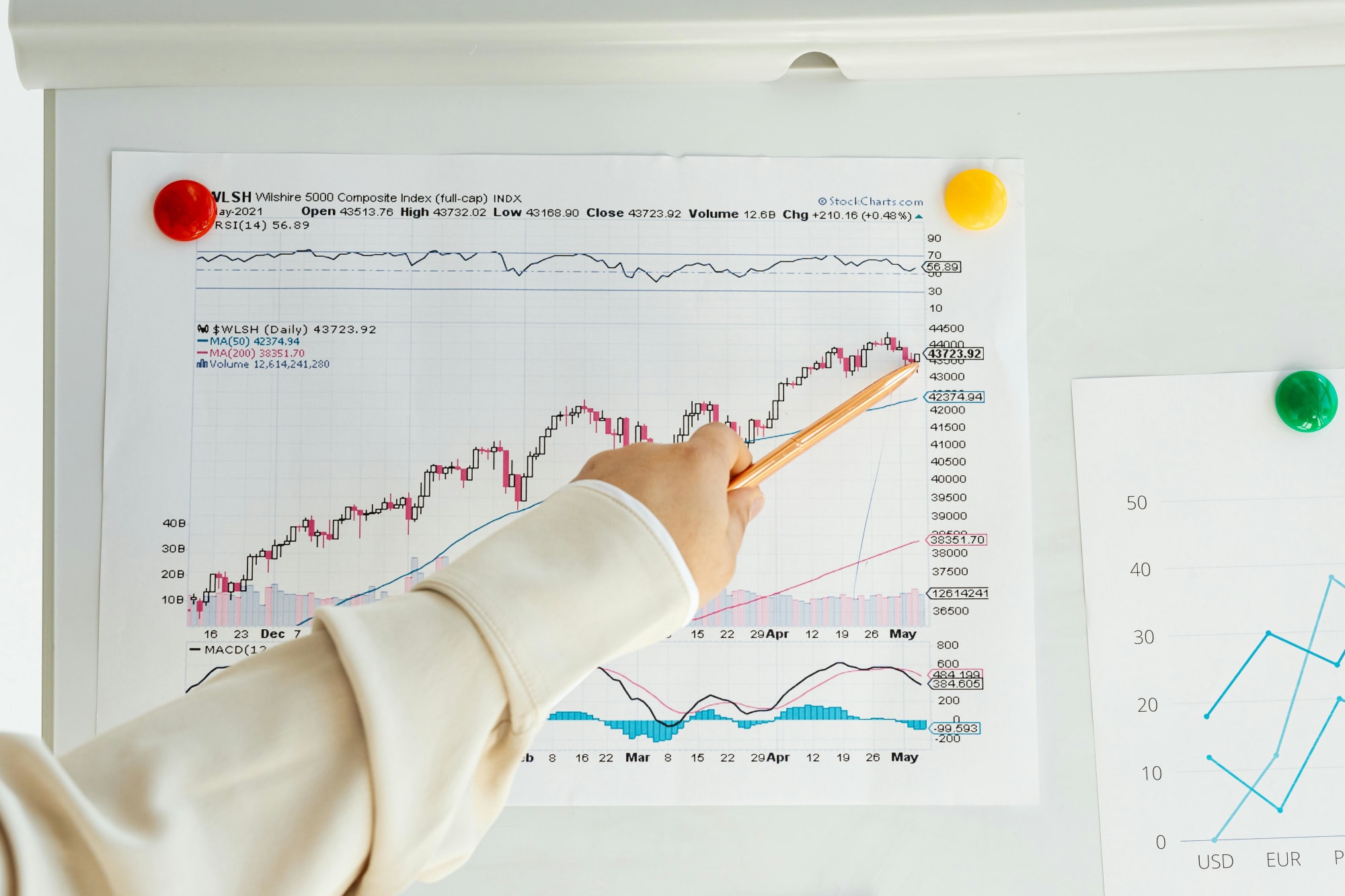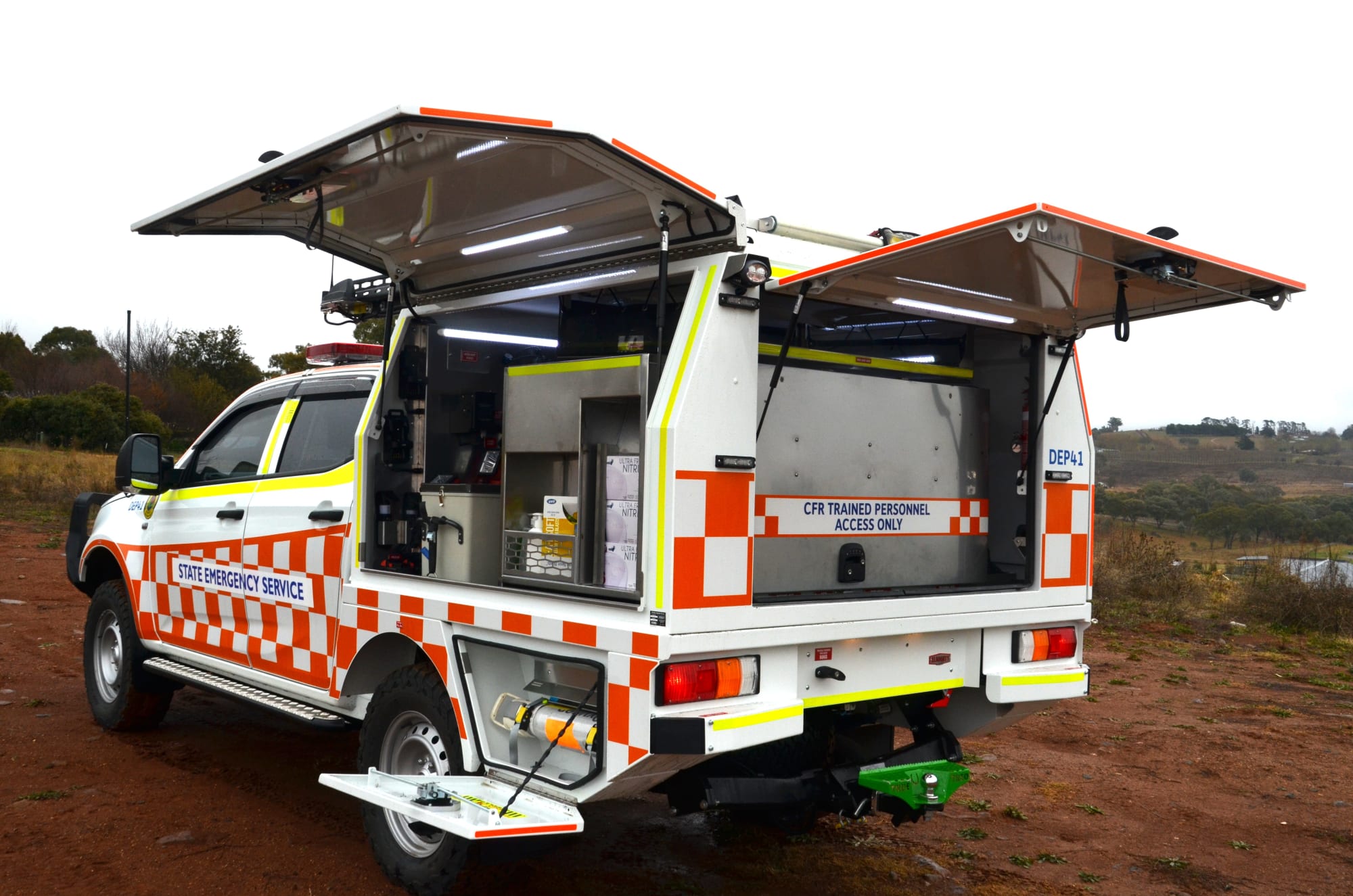Invest
How the PM is responding to Australia’s ‘devastating’ job figures
The Prime Minister Scott Morrison has warned that the economy will take years to recover from the COVID-19 shutdown, following the announcement that Australia’s unemployment rate has hit a two-decade high.
How the PM is responding to Australia’s ‘devastating’ job figures
The Prime Minister Scott Morrison has warned that the economy will take years to recover from the COVID-19 shutdown, following the announcement that Australia’s unemployment rate has hit a two-decade high.

Unemployment rose to 7.1 per cent in May – the highest level in 21 years – as 277,700 people lost jobs or left the workforce.
This follows April’s figures, with the unemployment rate jumping to 6.2 per cent, up from 5.2 per cent, recording the biggest increase in month-on-month on record, as almost 600,000 people lost their job.
“These are our dark times, but I can see that ray of light,” Prime Minister Scott Morrison told the media following the release of the figures.
“We will not rest. We are working with some of the biggest economic challenges this country has ever faced, and our government is working day and night to get the balance right, to get the right support in place.”

The Treasury is now expecting the unemployment rate to be as large as 8 per cent, having previously forecasted a 10 per cent drop in employment.
But the Prime Minister warned that the Australian economy has already felt the brunt of the COVID-19 pandemic.
“We’re looking at around two years to get the economy back to [where it] was before COVID hit it,” Mr Morrison said.
“It will take us, we estimate, around two years to get just back to where we were before it happened, and we think over five years we can seek to catch where we were planning,” he continued.
The figures come as the Prime Minister unveiled the government’s plans to boost the economy through massive infrastructure projects that are expected to support more than 66,000 jobs.
Headlining his scheme is an inland rail link from Melbourne to Brisbane, as well as an extension of the Olympic Dam in South Australia and emergency town water projects in country NSW.
In total, the Morrison government is looking to spend $72 billion on 15 new major infrastructure projects.
“Such expenditure, where carefully planned and controlled, will support growth, and it will boost confidence,” Mr Morrison told the Committee for Economic Development of Australia earlier this week. “But we must be extremely cautious about our expenditure, especially as we navigate our way back from the record fiscal support now in place.”
The Prime Minister has also undertaken efforts to kick-start the private sector through construction work targeted at major renovation projects.
The government has unveiled the HomeBuilder scheme, which will see eligible owner-occupiers who are either building or undertaking a substantial renovation given $25,000 for doing so.
HomeBuilder will provide eligible owner-occupiers, inclusive of first home buyers, a grant of $25,000 to build a new home or substantially renovate an existing home where the contract is signed between 4 June 2020 and 31 December 2020.
Mr Morrison also revealed that more than $100 billion of economic activity had been lost through the year, while the federal budget was set for “record deficits”.
Did you enjoy this article? You may also be interested in:
- Is Morrison’s stimulus package just jobs for the boys?
- COVID-19 sees official unemployment rate soar
- Central bank optimistic amid COVID relief packages
About the author

About the author


Economy
Navigating the inflation maze: How CFOs can outsmart economic hurdles in Australia
Fresh inflation data have cooled expectations of near-term rate cuts in Australia, intensifying pressure on margins, capital allocation and demand. Rather than wait for monetary relief that may not ...Read more

Economy
Inflation concerns rise as Australia's CPI climbs to 3.8% in October
Australia's latest Consumer Price Index (CPI) figures have sent ripples through the economy, with headline inflation accelerating to 3.8% year-on-year in October, up from 3.6% in September. The data, ...Read more

Economy
October CPI results pose challenges for RBA’s monetary policy stance
In a surprising turn of events, the October Consumer Price Index (CPI) data has raised eyebrows among economists and market strategists, revealing stronger-than-expected inflationary pressures in ...Read more

Economy
Global deal activity declines by 6% amid economic uncertainty, reports GlobalData
In a year characterised by economic turbulence and evolving market conditions, global deal activity has witnessed a notable downturn during the first ten months of 2025. According to GlobalData, a ...Read more

Economy
Australia’s softening labour market puts another RBA cut in play — here’s what business should do now
A four-year high in unemployment has revived expectations the Reserve Bank could deliver another rate cut as soon as November. With quarterly GDP growth running at 0.6 per cent and annual growth at ...Read more

Economy
Rising CPI reinforces RBA’s stance as rate cut expectations remain: State Street
State Street Global Advisors says the Reserve Bank of Australia (RBA) is likely to hold its current policy outlook following the release of September quarter inflation data, which showed an unexpected ...Read more

Economy
NSW SES boosts tsunami preparedness ahead of World Tsunami Awareness Day
As World Tsunami Awareness Day approaches on 5 November, the New South Wales State Emergency Service (NSW SES) is ramping up efforts to enhance tsunami preparedness along the east coastRead more

Economy
Lifesaving Regional Response Strengthened with New NSW SES Vehicles
In a significant boost to regional emergency services, the NSW State Emergency Service (SES) has unveiled 11 new Community First Response (CFR) vehicles, designed to enhance the speed and safety of ...Read more

Economy
Navigating the inflation maze: How CFOs can outsmart economic hurdles in Australia
Fresh inflation data have cooled expectations of near-term rate cuts in Australia, intensifying pressure on margins, capital allocation and demand. Rather than wait for monetary relief that may not ...Read more

Economy
Inflation concerns rise as Australia's CPI climbs to 3.8% in October
Australia's latest Consumer Price Index (CPI) figures have sent ripples through the economy, with headline inflation accelerating to 3.8% year-on-year in October, up from 3.6% in September. The data, ...Read more

Economy
October CPI results pose challenges for RBA’s monetary policy stance
In a surprising turn of events, the October Consumer Price Index (CPI) data has raised eyebrows among economists and market strategists, revealing stronger-than-expected inflationary pressures in ...Read more

Economy
Global deal activity declines by 6% amid economic uncertainty, reports GlobalData
In a year characterised by economic turbulence and evolving market conditions, global deal activity has witnessed a notable downturn during the first ten months of 2025. According to GlobalData, a ...Read more

Economy
Australia’s softening labour market puts another RBA cut in play — here’s what business should do now
A four-year high in unemployment has revived expectations the Reserve Bank could deliver another rate cut as soon as November. With quarterly GDP growth running at 0.6 per cent and annual growth at ...Read more

Economy
Rising CPI reinforces RBA’s stance as rate cut expectations remain: State Street
State Street Global Advisors says the Reserve Bank of Australia (RBA) is likely to hold its current policy outlook following the release of September quarter inflation data, which showed an unexpected ...Read more

Economy
NSW SES boosts tsunami preparedness ahead of World Tsunami Awareness Day
As World Tsunami Awareness Day approaches on 5 November, the New South Wales State Emergency Service (NSW SES) is ramping up efforts to enhance tsunami preparedness along the east coastRead more

Economy
Lifesaving Regional Response Strengthened with New NSW SES Vehicles
In a significant boost to regional emergency services, the NSW State Emergency Service (SES) has unveiled 11 new Community First Response (CFR) vehicles, designed to enhance the speed and safety of ...Read more








